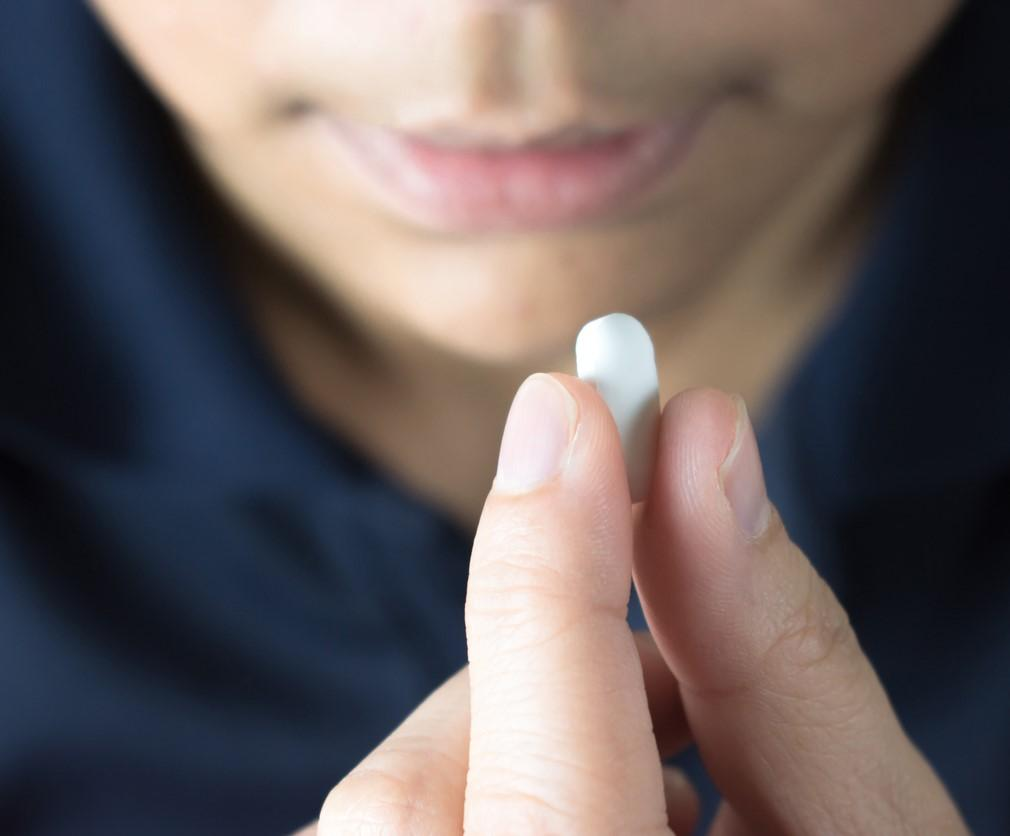Oral antiviral drugs significantly lowered the risk of adverse outcomes in high-risk COVID-19 patients during the Omicron JN.1 subvariant wave in the United States, concludes a new study published in Pneumonia.
JN.1 first emerged in August 2023, was dominant by early 2024, and is still circulating widely today.
The researchers, from Chi Mei Medical Center in Taiwan, mined data from the TriNetX US Collaborative Network to compare the clinical outcomes of non-hospitalized, high-risk COVID-19 patients who did or didn't receive nirmatrelvir-ritonavir (Paxlovid) or molnupiravir (Lagevrio) from February through April 2024.
The primary outcome was a composite of all-cause emergency department (ED) visit, hospitalization, or death by 30 days, and secondary outcomes were the primary outcome components considered individually.
83% lower risk of death
Of the 67,495 high-risk COVID-19 patients, 26% received oral antiviral agents (study group), and 74% didn't (control group). After propensity-score matching (PSM), two groups of 17,847 patients each were included in the study.
During the 30-day follow-up period, 6.3% of the study group and 8.2% of controls developed the primary composite outcome of all-cause ED visit, hospitalization, or mortality.
Patients who received antiviral drugs were at significantly lower risk of the primary outcome than controls (hazard ratio [HR], 0.77). The study group was also at a significantly lower risk of the secondary outcomes of all-cause ED visit (4.2% vs 5.4%; HR, 0.78), hospitalization (2.8% vs 3.3%; HR, 0.86), and death (0.1% vs 0.3%; HR, 0.17).
This finding aligns with previous research suggesting that effective vaccination can prevent the progression of COVID-19 and may attenuate the effects of antiviral treatment.
The significantly lower risk of composite outcomes in the study group was consistent across subgroups except for recipients of booster doses of COVID vaccine and persisted regardless of the episode of COVID-19 (primary infection HR, 0.70; reinfection HR, 0.81) and antiviral drug received (Paxlovid HR, 0.77; Lagevrio HR, 0.69).
But while the lower risk of primary outcomes in the study group didn't change by booster vaccination status, statistical significance was reached only for those without booster vaccination (HR, 0.74), not for booster recipients (HR, 0.81).
"This finding aligns with previous research suggesting that effective vaccination can prevent the progression of COVID-19 and may attenuate the effects of antiviral treatment," the researchers wrote. "However, it is worth noting that only a small proportion of patients in our study population had received booster vaccination, constituting less than 2% of the total before PSM."
Barriers to antiviral use
The authors also noted that less than one third of high-risk patients received antiviral drugs, perhaps owing to healthcare provider concerns about drug-related adverse effects or potential drug-drug interactions or poor accessibility to antivirals.
Strategies to mitigate barriers related to cost, distribution, and healthcare access are essential.
"Healthcare systems must prioritize efforts to educate providers about the benefits and safety profile of antiviral agents, enhance surveillance and management of potential drug interactions, and improve the availability and accessibility of antiviral medications," they wrote. "Additionally, strategies to mitigate barriers related to cost, distribution, and healthcare access are essential to ensure that all eligible patients have the opportunity to receive timely and appropriate antiviral treatment."
The significant reductions in poor outcomes seen in the study highlight the importance of early intervention with oral antivirals, especially in vulnerable populations. "However, the lack of significant benefit observed in individuals with booster vaccination highlights the need for further research to elucidate the impact of vaccination status on treatment outcomes," they concluded.





















